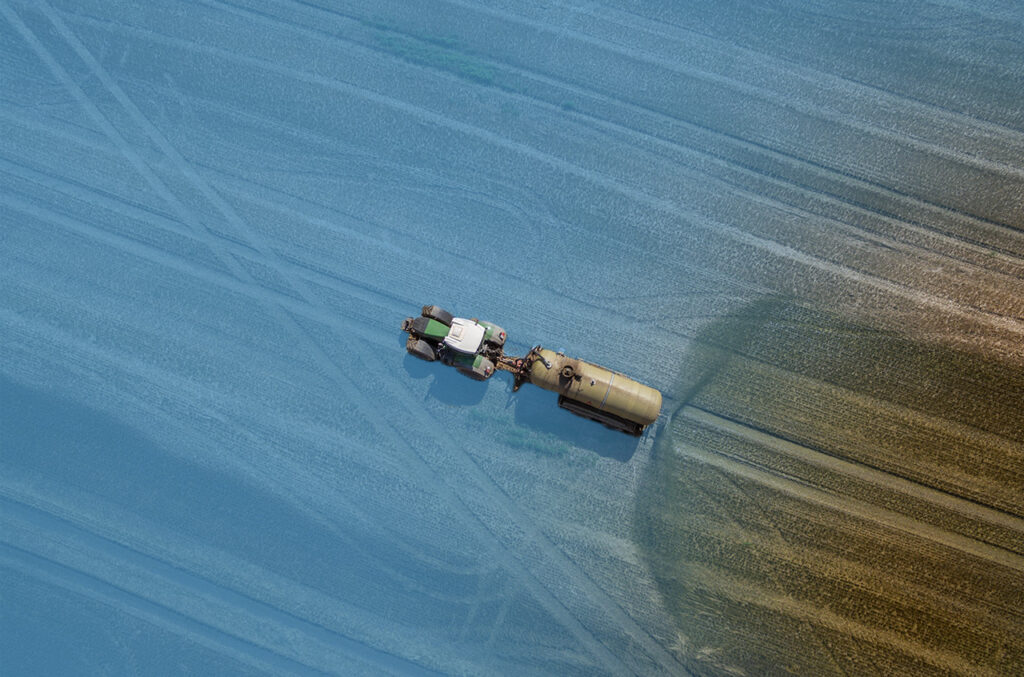Why slurry is a serious safety risk
Slurry has been a factor in several fatal farm incidents, especially where individuals are overcome by toxic gases during mixing. In some cases, rescuers have also been affected, leading to multiple fatalities.
What is slurry and why is it dangerous?
Slurry is a mixture of animal waste, water, bedding and washings. As it decomposes, it releases gases that can be toxic, flammable or oxygen-displacing. Key risks include:
- Asphyxiation from gas exposure
- Engulfment or drowning in slurry tanks
- Falls from height
- Injuries from machinery
- Environmental pollution
Safe practices for slurry mixing
Mixing slurry is especially hazardous because trapped gases are released quickly when the slurry is agitated. The first 30 minutes of mixing is the most dangerous period.
The HSE advises:
- Everyone must stay out of buildings while slurry is being mixed
- After pumping stops, allow at least 30 minutes for natural ventilation before re-entry
- Use signage to warn others and secure access to mixing areas
Tank entry requires specialist precautions
No one should enter a slurry tank unless absolutely necessary and only with specialist support. Filtering face masks do not protect against slurry gases.
Entry should only take place when:
- The person wears air-fed breathing apparatus
- A harness and lifeline are used
- Two trained people are stationed outside the tank, ready to assist
General safety precautions for slurry handling
Farms must plan slurry-related work carefully. Key measures include:
- Cover openings to prevent falls
- Maintain good ventilation in all slurry areas
- Guard all power take-offs (PTOs)
- Use protective clothing and hygiene measures
- Fit and maintain anti-slip surfaces and guardrails
Need help improving slurry safety on your farm?
We support agricultural businesses with risk assessments, training and practical improvements. Get in touch with our team for tailored advice.



